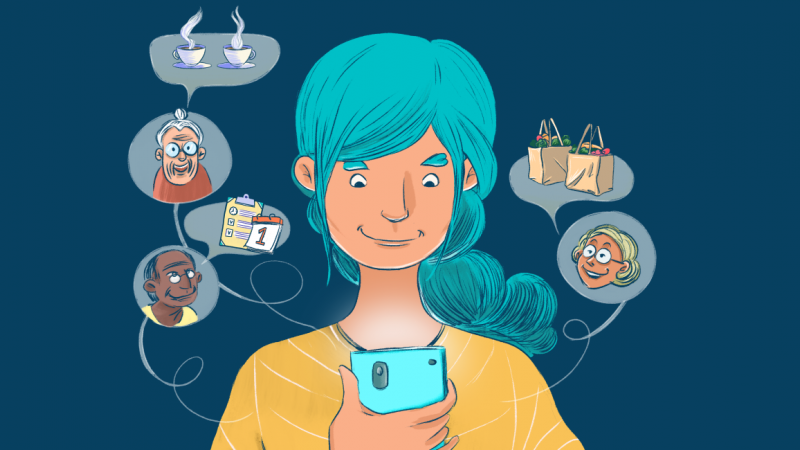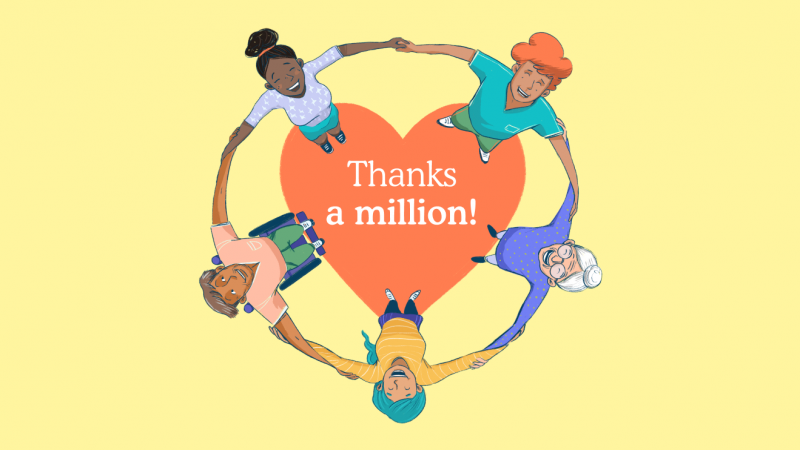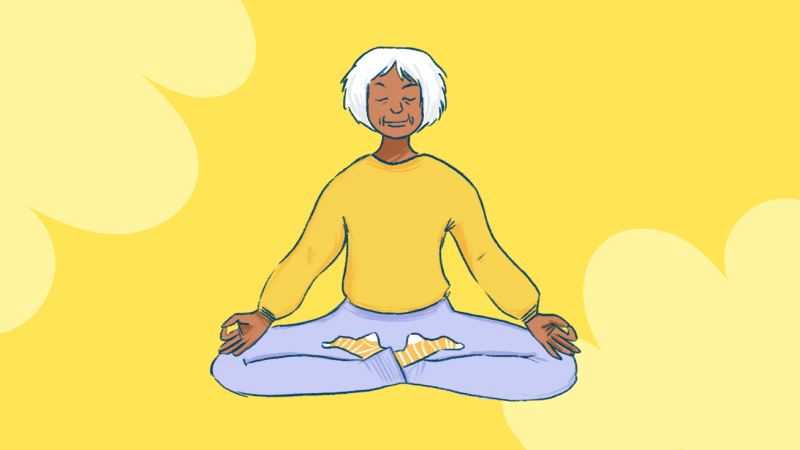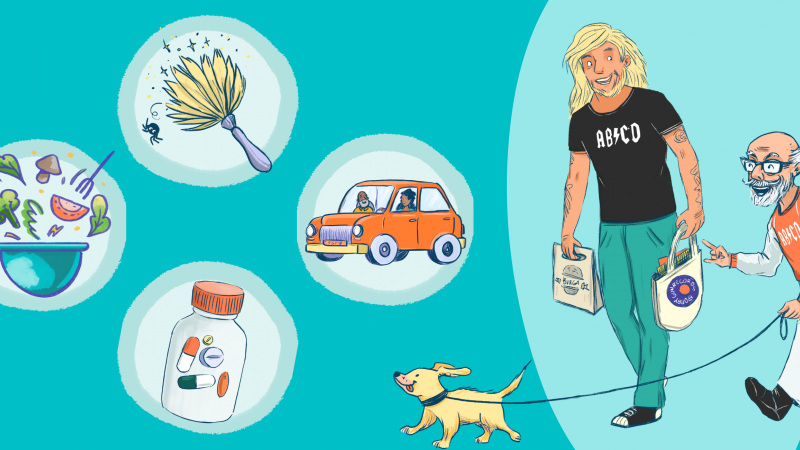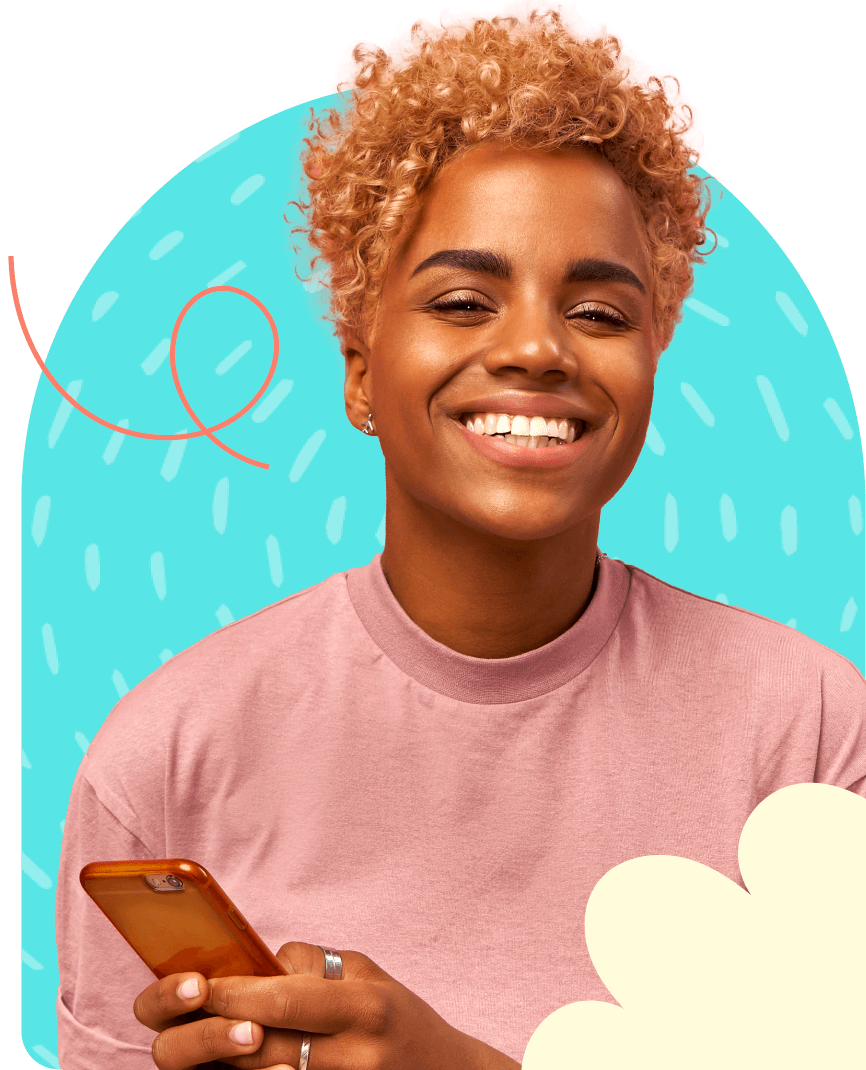
I’m sitting in the kitchen at work waiting for my lunch to warm up in the microwave. Our microwaves are about a year old. Two modern, engineered hunks of stainless steel and glass. They look great. I only use one button on the controls. I jab at the “+30 sec" button until I get the time I want. Every day I struggle with it. It’s a touch screen and a poor one at that. I can’t seem to figure out the touch area. I think I’m pressing the button (if you can call it that). Sometimes something happens, sometimes nothing. Every day I experiment to discover the best approach. Should I press harder, softer, more slowing? Is the touch area in the middle of the weird diamond icon or on the text? I’m still baffled with its inconsistency.

Don Norman (design and usability expert) has been talking about poor user experience in appliances for well over 30 years. How can it be 2020 and we still have devices with such poor design and affordance?
Here is the real problem though. Yes, I find this frustrating, but I can muddle through and amuse myself by writing a blog post about it. What do the millions of people in Australia who are blind or have a vision impairment, physical disability, or issues with dexterity do? Not to mention people with temporary disability. Not only are these people forced to struggle or excluded from using this product, but the manufacturers are missing an opportunity to be known for great user experience.
"If we only design for the average person, we'll only design average products."
A few questions come to mind as I eat my lunch. What will it take to put inclusiveness first? When will everyone consider people with disability as a user and not an afterthought? Why are we still building a world for the average “normal” person? If we only design for the average person, we'll only design average products. When will we realise that inclusive design benefits everyone and results in better products and services for everyone?
First, let’s talk about what inclusive design is. I believe inclusive design is the principle of designing for people who have a diversity of needs, experiences, and backgrounds. This includes ensuring both interactions and language does not exclude anyone. Designs should take into consideration cultural backgrounds, language, religious afflictions, values or philosophical differences, socioeconomic background, literacy and numeracy levels, dexterity, gender equality, as well as disability. Accessibility, on the other hand, is a measure of inclusiveness. It tells us if people can do the things they need and don’t feel excluded.
If you solve for the edges, by default you solve for the middle.
One of the best things I learned from the Design Thinking framework is to look at the users at the edges. That’s where you'll find the most interesting insights and how you’ll come up with the best solution. If you solve for the edges, by default you solve for the middle. And your solution will be better for it.
I started to think about the barriers to putting inclusiveness first. I work for a business providing services for older people and people with disability. We have a management team, designers, and developers who are strong advocates for accessibility and inclusiveness. And yet, I’m ashamed to admit that even we don’t get it completely right all the time. How can this be?
I began looking for examples of where industries had to make a similar transition to put something new first and expand their perspective. I can think of two.
The first that comes to mind is the development of smartphones and the transition to mobile-first websites. When the smartphone started to grow in popularity, websites designed for landscape desktops had to be redesigned to fit into small vertical screens. Few designers these days would dare suggest not taking a mobile-first approach to website design. But back then there was much debate about the best approach. I still recall the horror of attempting to access a website on a smartphone and being redirected to a cut-down “mobile” subdomain or having to pinch and zoom my way around a non-responsive site.
The second example I can think of is construction. For a long time, ramp access and braille on signage and lift controls was not a consideration. It took punitive legislation for the construction industry to start thinking about accessibility. It’s still not perfect but access lifts, ramps and brail are now required in most buildings.
There are a few key important difference between these two examples and the issue of putting inclusiveness first. With the shift to smartphones, everyone with a smartphone could experience the pain first hand. They could see the issues themselves. With the construction industry, it was forced by legislation and punitive measures. In both cases, it took industry debate and education.
So, how can we take these lessons to transition to inclusive first in other products and service? In three ways.
- A better way to empathise with all users experiences. This might mean creating better tools to simulate the experience of a person with a disability. It also means including a diverse range of users when user testing to better understand the barriers different users experience.
- Better integrated training across expertises. Inclusiveness should be part of all subjects, not only an independent subject. It should be a topic everyone is familiar with, not just a few specialists.
- Voluntary audits and accreditations. Punitive measures are hard to enforce in all cases. A more productive approach is to work with independent and trusted audit organisations that allow sites and products to advertise the level of accessibility and inclusiveness they meet.
It's a small thing to tap on a button to warm my lunch. It's a small frustration for me that the button is a barrier between me and my lunch. Imagine having to deal with that every day with every interaction. With the above points in place, I hope that one day not only I can use a microwave, website, app, or any product without frustration, but more importantly, everyone can.
- David Herse, Head Of Product @ Five Good Friends

